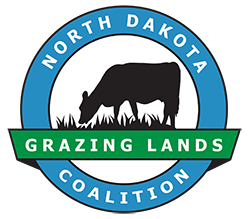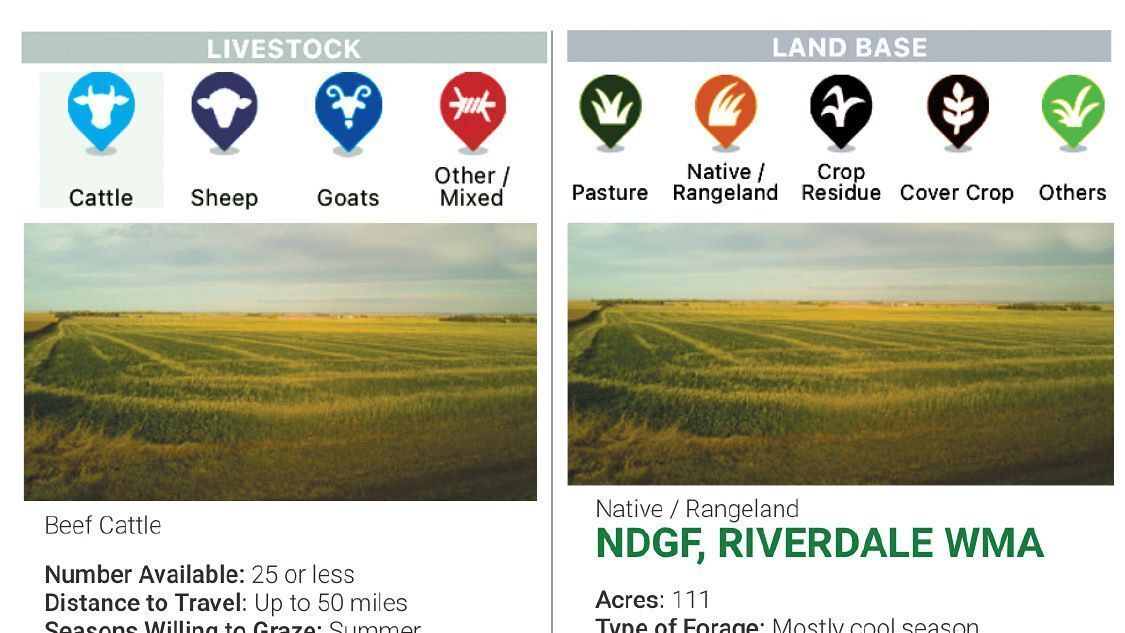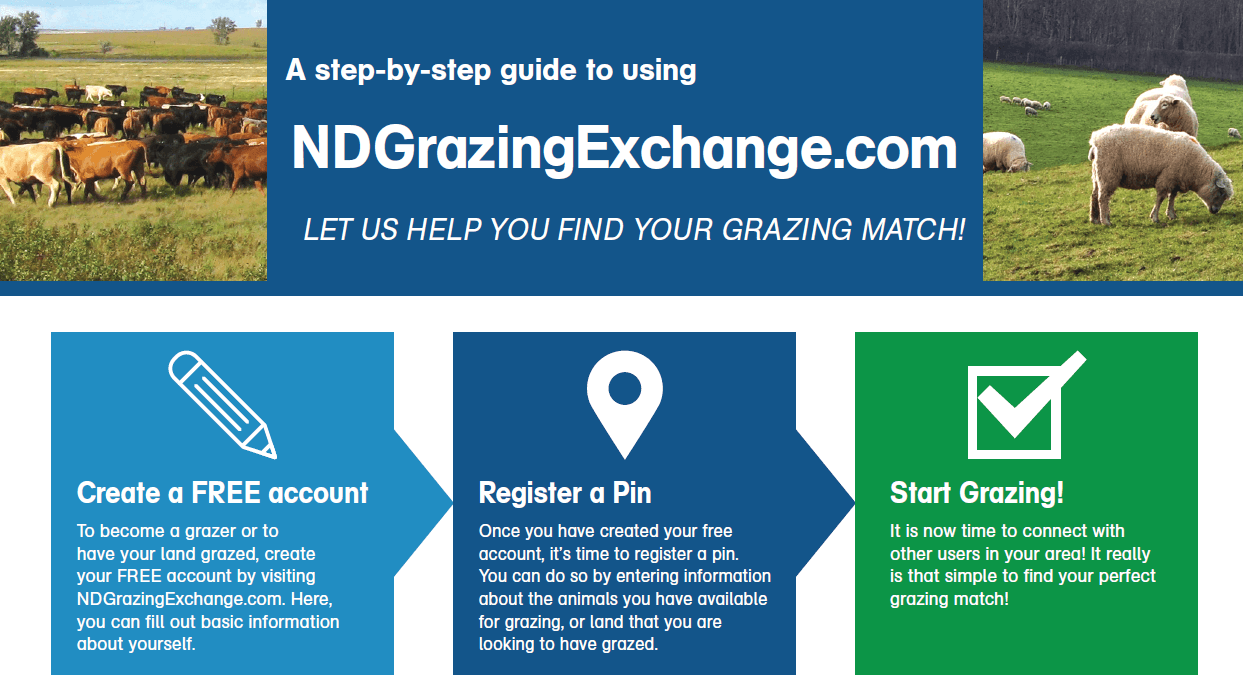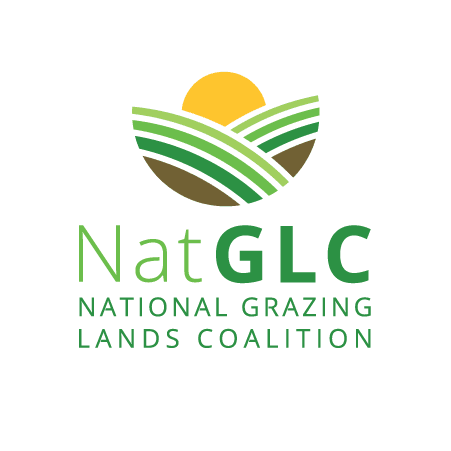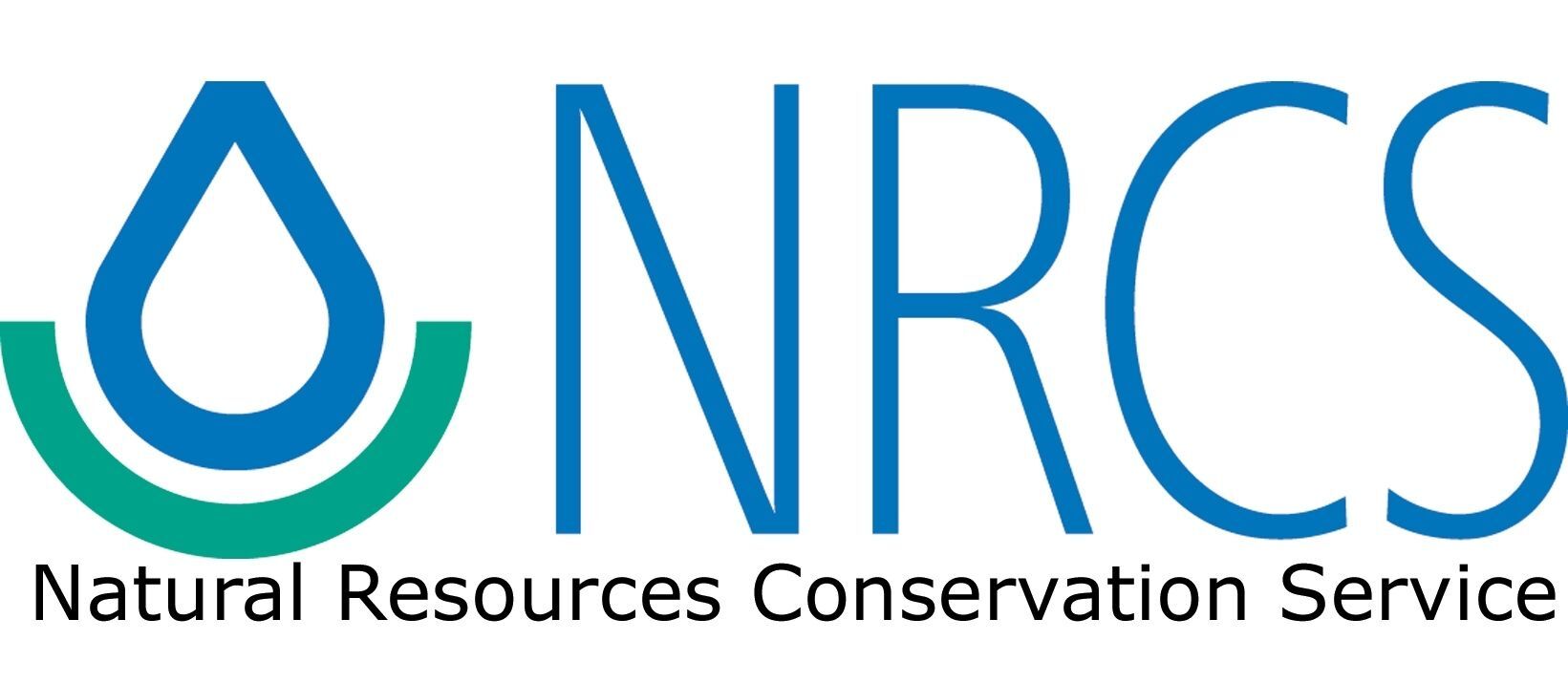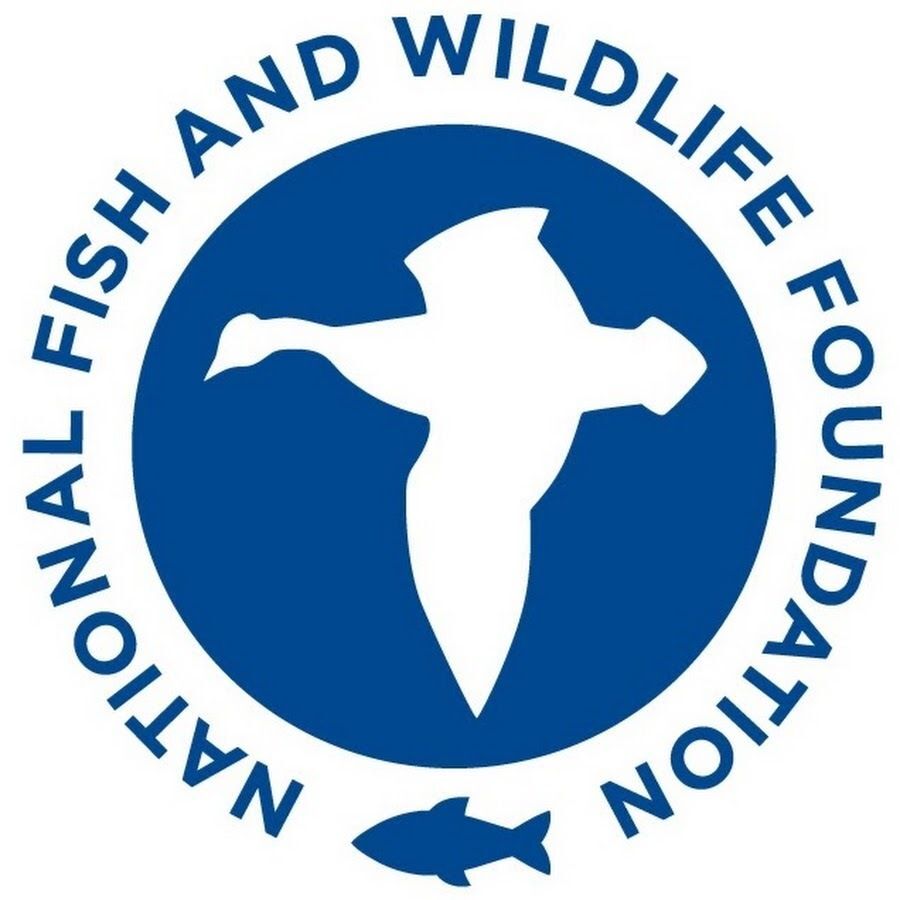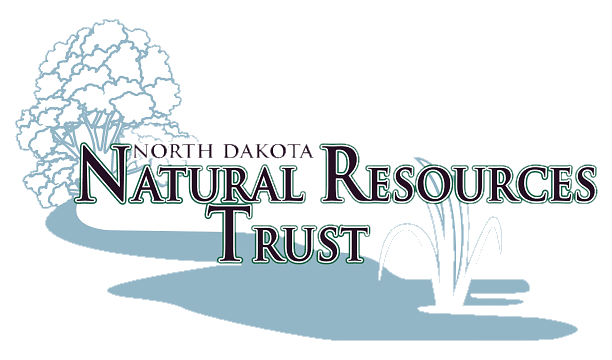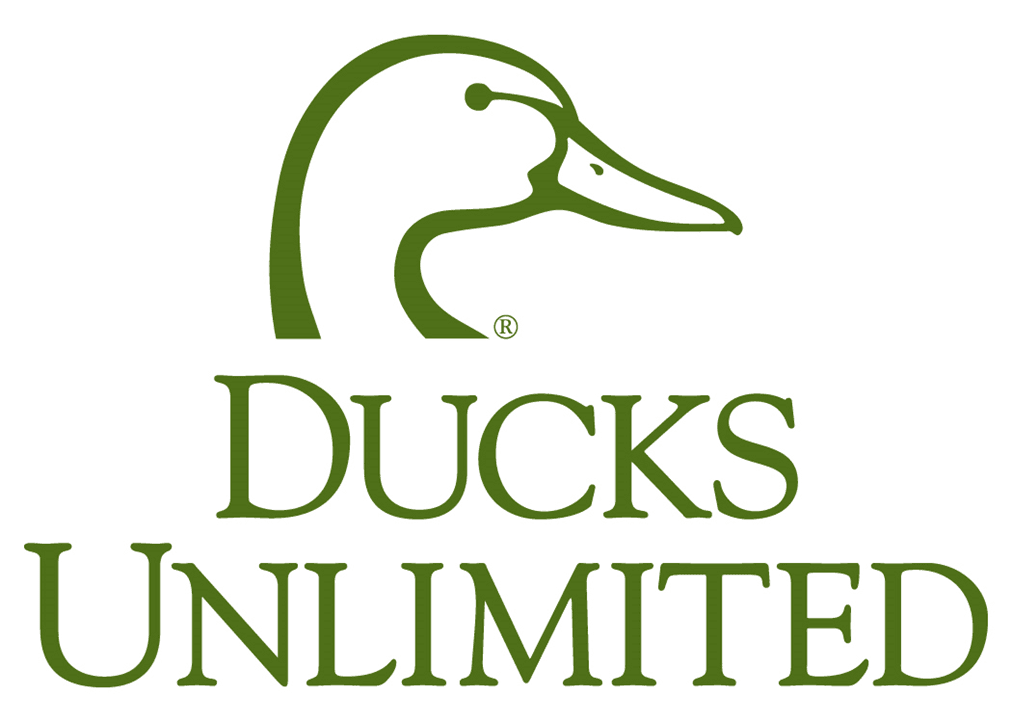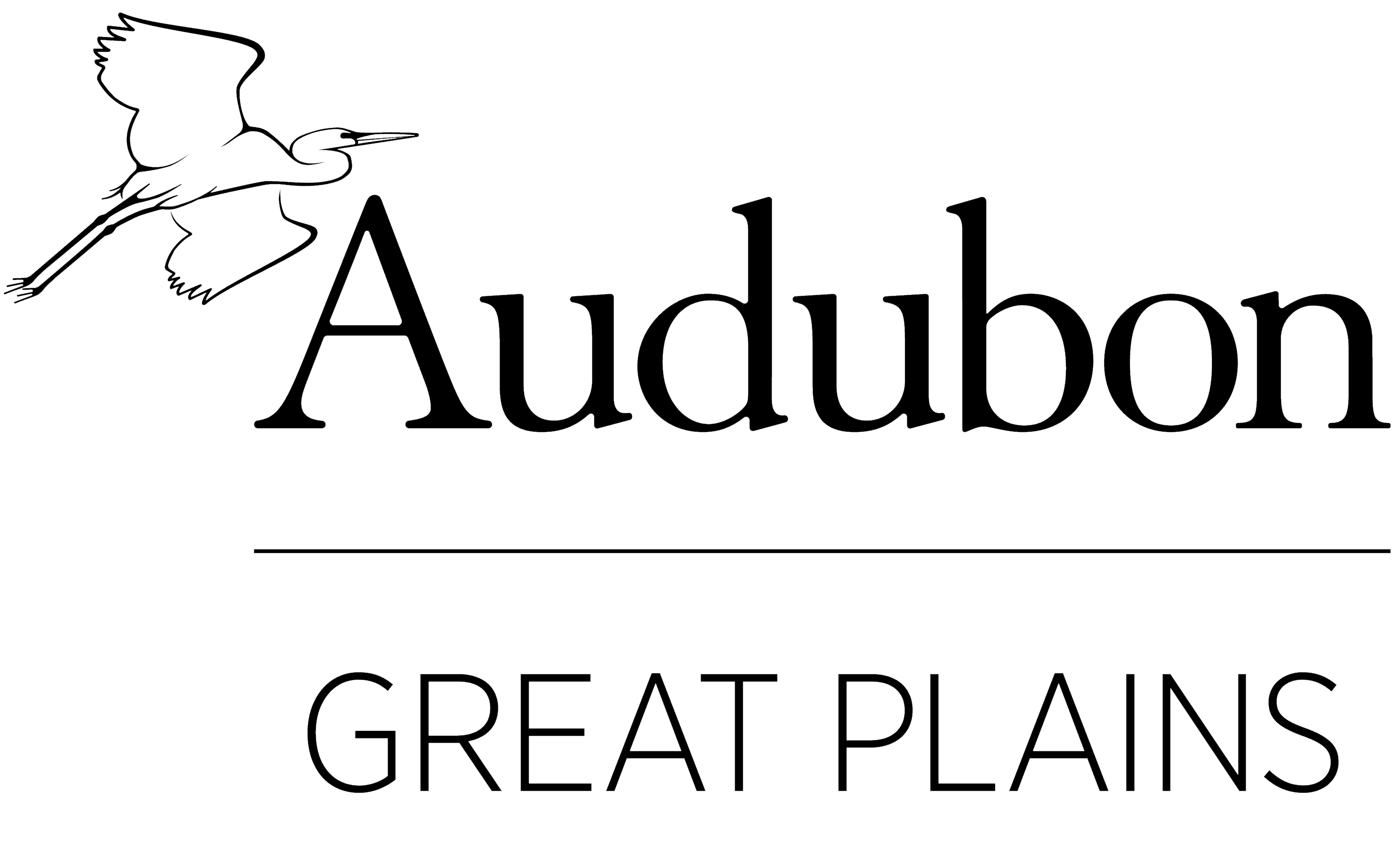Why do we want to return livestock to the landscape?
- Fall or winter grazing converts high carbon annual crop residue to low carbon organic material; balancing the carbon/nitrogen ratio and managing crop rotation residue for no-till seeding.
- Spring or summer grazing, annual and/or perennial plants, with short exposure periods followed by long recovery periods; allows the plants to regrow and harvest additional sunlight and CO2.
- Reduces nutrient export from our cropland and hayland fields, recycling the majority of nutrients, minerals, vitamins, and carbon.
- Aids in weed pressure management.
- Grazing cover crops and/or crop residues allows livestock to be taken off perennial grasslands earlier in the fall, extending the grass recovery period, and providing a higher nutrition diet for livestock.
- Grazing reduces livestock waste associated with confinement; helping manage our water quality and nutrient management concerns. Allowing cattle and sheep to be herbivores by securing their energy needs from plants.
How do we return livestock to the landscape?
- Fall and Winter grazing of cover crops and annual crop residues.
- Summer grazing of full season cover crop, allowing adequate plant recovery, followed by a second grazing during the fall or winter.
- Winter feeding on hayland fields by rolling out bales or bale grazing.
- Seeding rotational perennials, grazing and managing them as part of the crop rotation.
